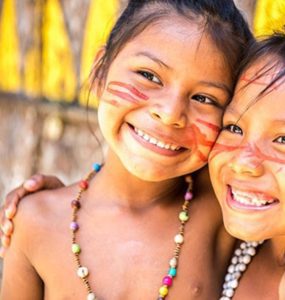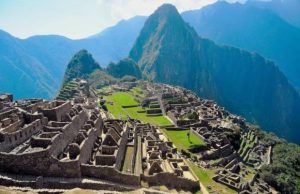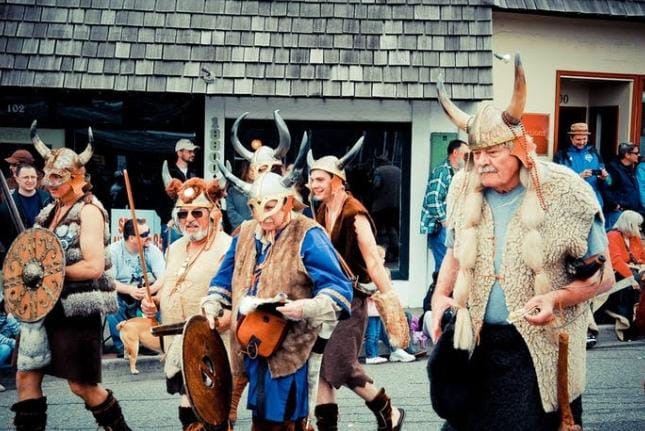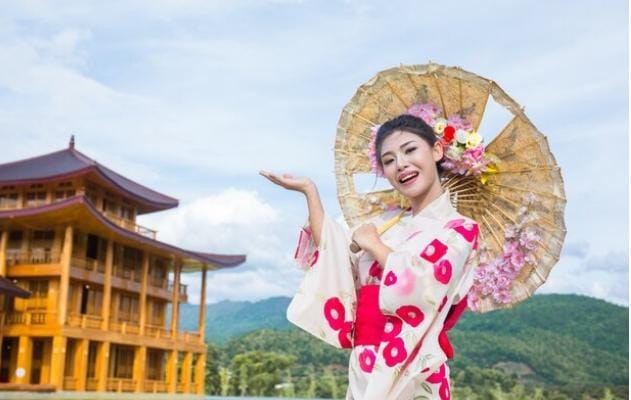
South America is rich in cultural diversity, offering a fascinating amalgamation of traditions, languages, and customs. Through effective communication, South America has fostered cultural exchange and contributed significantly to the global diversity landscape. Understanding the concept of cultural diversity in South America is essential to appreciate the region’s unique cultural landscape.
Understanding Cultural Diversity in South America
Cultural diversity encompasses the range of different cultures and ethnicities found within a particular society or region. This diversity is manifested in South America through the coexistence of various indigenous communities, European descendants, and African influences. Its complex history and geographical diversity have shaped the continent’s vibrant mix of traditions, languages, and beliefs.
The Concept of Cultural Diversity
Cultural diversity refers to the differences between individuals or groups in terms of language, values, norms, and traditions. It recognizes the importance of preserving and valuing these differences, as they contribute to the richness and vibrancy of a society.
South America is a continent that prides itself on its cultural diversity. From the snow-capped peaks of the Andes to the lush Amazon rainforest, the region’s geographical diversity has significantly shaped the unique cultures within its borders. Each country in South America has its own distinct cultural identity, which reflects its history, geography, and the people who call it home.
For example, in Peru, the ancient ruins of Machu Picchu stand as a testament to the rich cultural heritage of the Inca civilization. The intricate stonework, terraced fields, and ceremonial sites are a reminder of the advanced engineering and architectural skills possessed by the Inca people. Visitors to Machu Picchu can immerse themselves in the history and culture of this ancient civilization, gaining a deeper understanding of the indigenous communities that have inhabited the region for centuries.

In Brazil, the vibrant samba rhythms and colorful costumes of the Carnaval celebrations reflect the country’s African influences. The African diaspora brought a rich musical heritage, which has been embraced and integrated into Brazilian culture. The energetic beats of the drums, the graceful movements of the dancers, and the elaborate costumes all come together to create a uniquely Brazilian spectacle.
South America’s Unique Cultural Landscape
South America boasts a diverse cultural landscape, showcasing a fusion of indigenous, European, and African heritage. From the ancient ruins of Machu Picchu in Peru to the vibrant samba rhythms of Brazil, every country in South America has its own distinct cultural identity. This diversity is reflected in the architecture, music, dance forms, literature, and arts that define the region.
Argentina, known for its tango music and dance, is a melting pot of European and indigenous influences. The elegant and passionate movements of the tango originated in the working-class neighborhoods of Buenos Aires and quickly spread throughout the country. Today, tango is a popular dance form and a symbol of Argentine identity, representing the country’s history, passion, and resilience.
In Colombia, the colorful and intricate art of the Wayuu people is a testament to the region’s indigenous heritage. The Wayuu are known for their weaving skills, creating beautiful and complex patterns in their hammocks, bags, and clothing. These textiles serve a practical purpose and carry deep cultural significance, representing the Wayuu’s connection to their land, ancestors, and traditions.
With its stunning landscapes and rich cultural heritage, Chile is home to the Mapuche people, one of the largest indigenous groups in the country. The Mapuche have a deep spiritual connection to the land and have preserved their traditions and customs throughout history. Their vibrant traditional clothing, intricate silver jewelry, and unique culinary practices testify to their rich cultural heritage.
As we explore South America’s cultural diversity, it becomes clear that the continent is a tapestry of different traditions, languages, and beliefs. From the ancient civilizations of the Andes to the vibrant rhythms of the Carnaval, South America offers a wealth of cultural experiences that celebrate its rich heritage. By embracing and valuing this diversity, we can better appreciate the continent’s history and the people who have shaped its cultural landscape.
The Role of Communication in Cultural Exchange
Communication plays a vital role in facilitating cultural understanding between different communities. It serves as a vehicle for exchanging ideas, beliefs, and customs, fostering empathy, and promoting cultural diversity. South America recognizes the significance of effective communication in preserving and promoting its unique cultural heritage.
The Importance of Communication in Cultural Understanding
Effective communication allows individuals from different cultural backgrounds to connect and understand each other better. By engaging in meaningful conversations, South Americans have been able to break down barriers and dispel stereotypes, resulting in enhanced cultural understanding and appreciation.
How South America Communicates Its Culture
In South America, communication takes various forms, from oral traditions and storytelling to visual arts and written literature. Indigenous communities, for instance, pass down their cultural heritage through songs, dances, and oral narratives. Similarly, South American authors, painters, and musicians create works that serve as windows into the region’s unique culture.
South America’s Cultural Contributions to the World
South America’s rich cultural heritage has contributed immensely to the global diversity landscape. Art, literature, music, and dance from the region have captivated audiences worldwide, leaving a lasting impact on the global artistic scene and inspiring creativity beyond the continent’s borders.
Influential South American Art and Literature
South America has produced legendary artists and authors whose works have resonated across continents. The magical realism of Gabriel Garcia Marquez’s novels, the evocative paintings of Frida Kahlo, and the politically charged murals of Diego Rivera are just a few examples of South America’s influential contributions to art and literature.
South American Music and Dance Forms
South America’s vibrant music and dance forms have gained global recognition for their energy and rhythm. From the sensual tango of Argentina to the infectious beats of samba from Brazil, South American music and dance have become universal symbols of celebration and joy.
The Impact of South American Culture on Global Diversity
The rich tapestry of South American culture has left an indelible mark on global diversity, extending beyond the realms of art and literature. The continent’s culinary traditions, fashion trends, and design aesthetics have permeated societies worldwide, enriching global culture.
South America’s Influence on Global Cuisine
South American cuisine has become increasingly popular worldwide, with dishes like ceviche from Peru, feijoada from Brazil, and empanadas from Argentina becoming culinary sensations. Fusing indigenous ingredients and culinary techniques with European and African influences has created a unique and diverse gastronomic scene.
South America’s Role in Fashion and Design
South America’s fashion and design industry has made significant strides globally. From the vibrant colors and intricate weavings of Peruvian textiles to the sleek and sophisticated designs of Brazilian swimwear, South American fashion reflects the continent’s rich cultural heritage and is a source of inspiration for designers worldwide.
The Future of South American Cultural Diversity
Preserving and promoting South American cultural diversity is crucial for continuing its valuable contributions. South America can ensure that future generations inherit a vibrant and diverse cultural landscape by safeguarding cultural heritage and embracing innovation.
Preserving South American Cultural Heritage
Efforts to preserve South American cultural heritage involve initiatives such as protecting ancient archaeological sites, revitalizing endangered languages, and promoting traditional cultural practices. By recognizing the value of their roots, South Americans are securing the future of their rich cultural heritage.
Promoting South American Culture in the Global Arena
South America has been promoting cultural diversity globally, highlighting its unique offerings to foster cross-cultural appreciation. Cultural festivals, art exhibitions, and exchange programs have become avenues for showcasing South American talent and nurturing intercultural understanding worldwide.
Conclusion
South America’s contribution to cultural diversity through communication is significant. The region’s unique cultural landscape and effective communication strategies have allowed for the exchange of ideas and understanding between different communities. South America’s rich cultural heritage, encompassing art, literature, music, cuisine, and fashion, inspires and enriches the global diversity mosaic. By preserving their cultural heritage and embracing innovative approaches, South Americans ensure that future generations inherit a world of cultural richness and interconnectedness.




